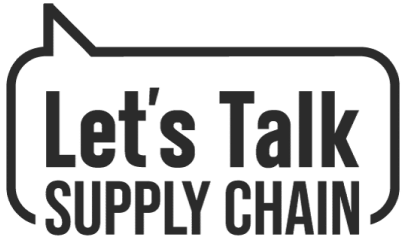The conversation around sustainability in supply chains is intensifying as global brands make bold moves to decarbonize their operations. A recent video featuring Sarah Barnes-Humphrey highlighted an article on L’Oréal Groupe’s supplier decarbonization program, shedding light on the company’s efforts to reduce its carbon footprint while collaborating with suppliers to drive meaningful change.
The Big Picture
L’Oréal Groupe’s program represents a $50 million investment—a significant step towards decarbonizing its supply chain. The initiative demonstrates the company’s commitment to environmental responsibility, but it’s crucial to view this within the broader context of their sustainability goals. As a macro-cap company, L’Oréal has a vast supply chain network, and this investment is part of a larger portfolio of initiatives aimed at driving environmental impact.
Sarah aptly noted the importance of collaboration in achieving sustainability goals:
“We have to work together and collaborate to make that happen.”
This sentiment is echoed across industries, as sustainability challenges like decarbonization require collective action from businesses, suppliers, and stakeholders.
Expanding the Scope: H&M’s Future Supplier Initiative
H&M is another company making headlines with its Future Supplier Initiative, an investment fund designed to support sustainable practices among its suppliers. Similar to L’Oréal’s efforts, H&M’s initiative underscores a broader industry trend—leading brands are using targeted investments to empower suppliers to adopt more sustainable practices, reducing their overall environmental impact.
These efforts raise critical questions:
- Where are the most impactful sustainability investments being made?
- What are the key conversations driving decarbonization in supply chains today?
The Evolving Narrative Around ESG
Despite significant progress, there’s a growing perception that the “shine and luster” of Environmental, Social, and Governance (ESG) initiatives may have dimmed in recent years. The challenge lies in balancing long-term sustainability goals with immediate economic pressures.
Sarah’s commentary urged readers to consider the larger context:
“This is creating a really interesting story, but we really have to understand other initiatives that L’Oréal is doing to drive decarbonization and make an environmental impact.”
It’s not just about one initiative; the full spectrum of efforts, partnerships, and innovations paints a more comprehensive picture of a company’s sustainability journey.
Looking Forward: What’s Next for Supply Chain Sustainability?
As more companies invest in decarbonizing their supply chains, the industry must focus on a few key areas:
- Collaboration: Building strong partnerships with suppliers to align sustainability goals.
- Transparency: Sharing progress and challenges openly to foster accountability.
- Innovation: Investing in technologies that enable more efficient and sustainable operations.
The road to a decarbonized supply chain is long, but initiatives like those from L’Oréal and H&M show that meaningful progress is possible when businesses commit to collaboration and innovation.
Join the Conversation
What do you think about these investments in supply chain decarbonization? Are they enough to drive lasting change? Share your thoughts below or connect with us for more discussions on sustainability in supply chains.












